The following contains spoilers for several horror films. Please proceed with caution.
There’s a lot of stuff that horror cinema can get away with that would cause problems for a lot of other genres. Horror franchises can push into sequel numbers that would be unsustainable for action or comedy. Horror movies hide some truly terrible CGI behind the heightened emotions of a scene. The horror genre operates on different rules and often benefits from them. One of the most interesting current examples wields the jarring power of unreliable narrative to create some of the most popular horror movies of recent years.
There isn’t much new about modern cinema. Franchises live forever, Hollywood consistently comes back to old names, and innovation is a rare treat. Horror is often one of the only genres consistently pumping out new stuff that gets mainstream attention. It’s a lively world that can see tons of interesting new ideas find box-office success because horror audiences are constantly looking for the next scare. Though just about anything can claim the top of the horror charts, trends can still dominate the market. Surrealism is a big trend at the moment.
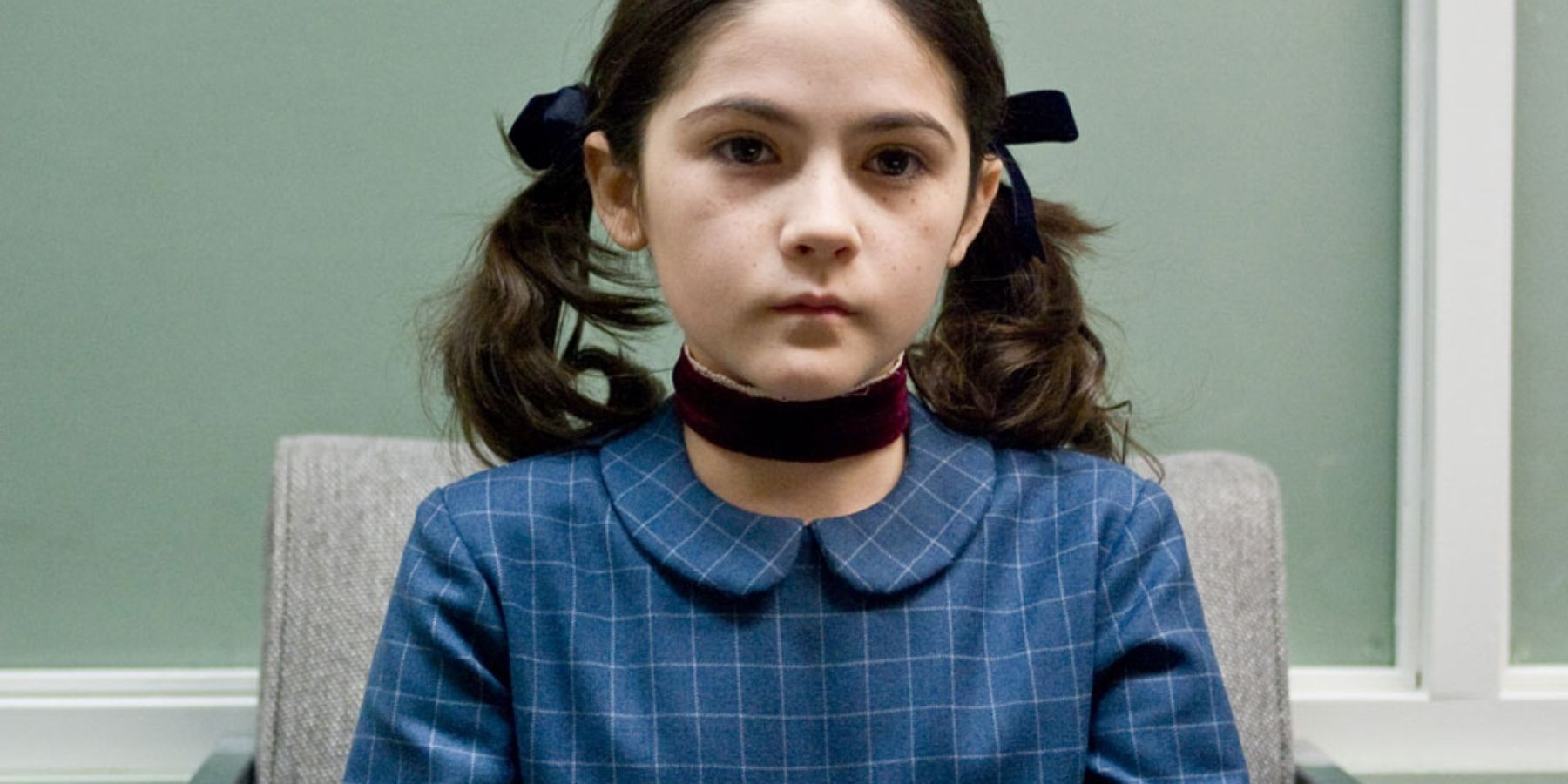
Related
Orphan 3 Is Officially Happening At Lionsgate
Orphan 3 is in the works, which is great news for horror fans who have been waiting to revisit this scary world once again.
An Incomplete History of Surreal Horror
The specific concept of discussion at the moment is the idea of the story as its own unreliable narrator. It’s a narrative that refuses to explain whether any of its events actually occurred. This is not new, nor is it exclusive to cinema or horror. Miguel de Cervantes wrote Don Quixote in the 1600s, telling the tale of a knight who ruined his ability to perceive the world by fixating on chivalric romance books. This captured the broad concept of an unreliable narrative. Don Quixote doesn’t see things as they are, leaving the entire story in the hazy unreality of his dreamscape. This is a step beyond an unreliable narrator. The protagonists of H. P. Lovecraft’s body of work generally recount the events as they happen, only distracted from the truth by their encroaching madness. Lovecraft told tales about horrors so great that they would taint the perception of their witnesses, guaranteeing an unreliable reality. TV Tropes, the literary omnibus of our age, calls it the “Through the Eyes of Madness” trope.
The predominant single example of this concept is probably Jacob’s Ladder. Adrian Lyne’s 1990 wartime classic practically invented its final reveal, which is obviously better seen in context but is also comfortable among Fight Club and The Sixth Sense when it comes to common spoilers. Jacob’s Ladder follows Jacob Singer, a returning veteran who suffers from all-consuming nightmares that invade his waking life. The film deliberately drags the viewer through incompatible half-truths and bizarre visions. In its final moments, the film reveals its main character on his deathbed, experiencing the feverish visions that his mind concocts to allow him to let go. In the Mouth of Madness pulls a similar trick by revealing, in its final moments, that the entire story and indeed the film that the audience saw was the work of an in-fiction author. These 90s examples were revolutionary in their time, though even they didn’t invent the trope. Now, as a new generation takes influence from those films, the concept gets even more popular and even less restrained.
The 21st Century Loves This Trope
Nothing is real in a modern horror film. The broad concept of time is a plaything for the ghosts and ghouls that invade 2020s horror cinema. It’s bad enough that they have no respect for human life; they tend to completely overwrite human perception. The broad concept of a monster that makes its victims lose touch with reality is endlessly fascinating. Lovecraft did it often, but cinematic examples tend to have a bit more power. Take the works of Mike Flannagan as an example. A film like Oculus can mess with perception by using the same kind of alterations and edits that fans would find common in the genre. The difference is that the characters are experiencing the same uncanny alterations to reality that the audience understands. While it’s not a violation of the fourth wall, it’s a shared experience between viewers and characters. Notable examples include:
- The Smile series
- The Haunting of Hill House
- Mandy
- A Ghost Story
- Drag Me to Hell
- The Machinist
- And many more.
Why is unreliable horror becoming so popular?
The Smile series is one of the finest modern examples of this concept. It follows the victims of an all-powerful demon that overrides the minds of its victims. The Smile Entity spreads from one victim to another through trauma, inflicting the experience of watching someone die on each new host. It then invades their mind, gradually ruining every element of their life before piloting them into view of its next potential target to force them to kill themselves violently. The Smile franchise is many things, but it is not subtle. It’s an extremely straightforward metaphor for modern horror’s favorite theme, trauma. Horror movies love to consider the concept of trauma and its deleterious effects. Trauma can force its victim away from reality, creating a wholly new perspective that can make a person seem unhinged. That’s why films like Smile focus on the idea of others failing to recognize the severity of the situation while the central victim goes through Hell. The Smile Entity is the perfect example: a malicious being that turns the human brain’s response to trauma into a set of attacks. It’s the “Through the Eyes of Madness” trope as a weaponized character, and that’s just one solid example of the modern concept.
Modern horror cinema isn’t beyond throwbacks and familiar ideas. Slashers and true crime will always be somewhat popular, but the prevalence of unreliable narratives keeps things interesting. Beyond trends like torture horror or found footage, the obsession with messing with minds reflects something deeper in horror filmmakers and audiences.
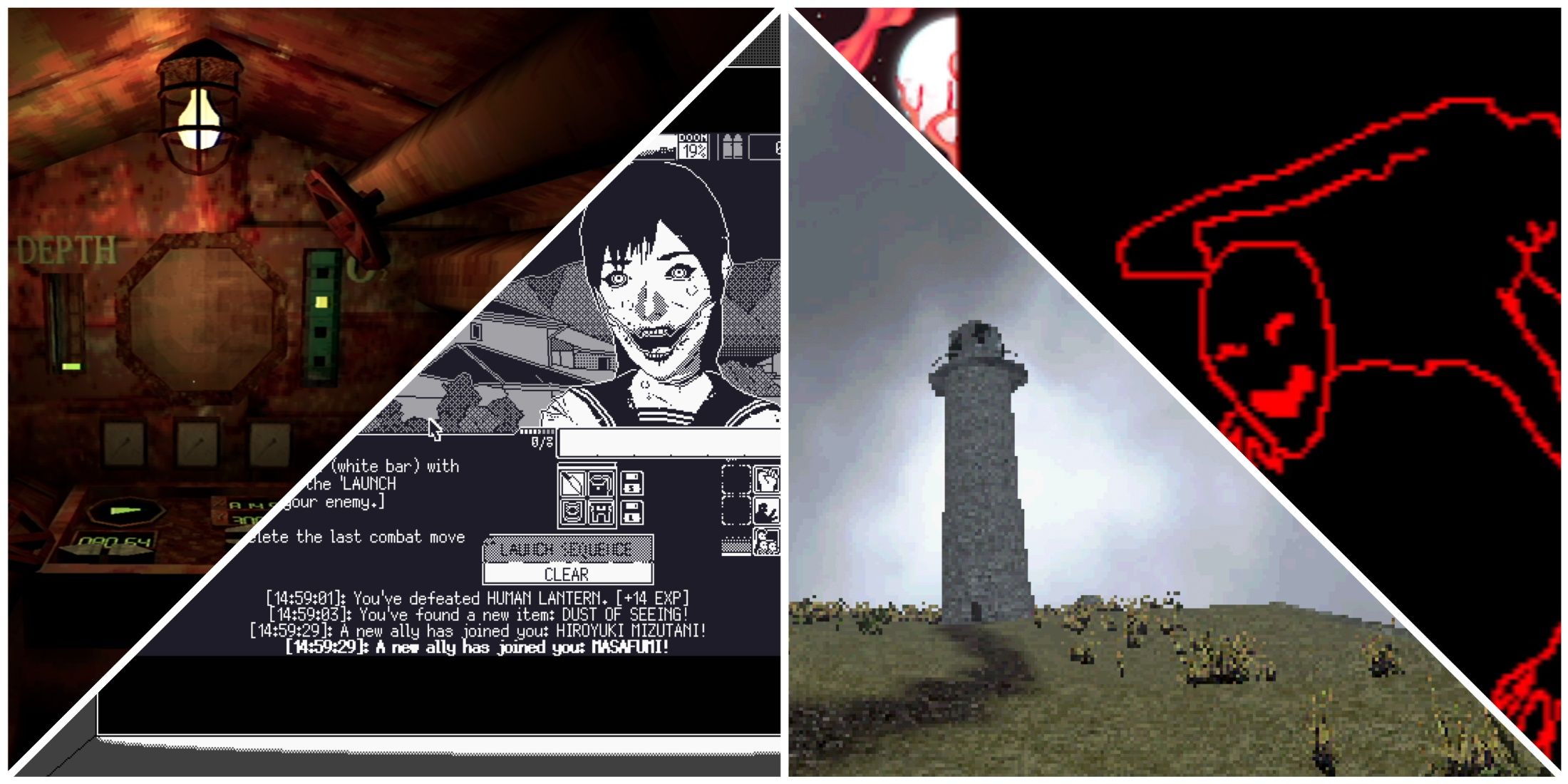
Related
8 Best Abstract Horror Games
The following games offer unique horror experiences that unsettle players in creative ways.
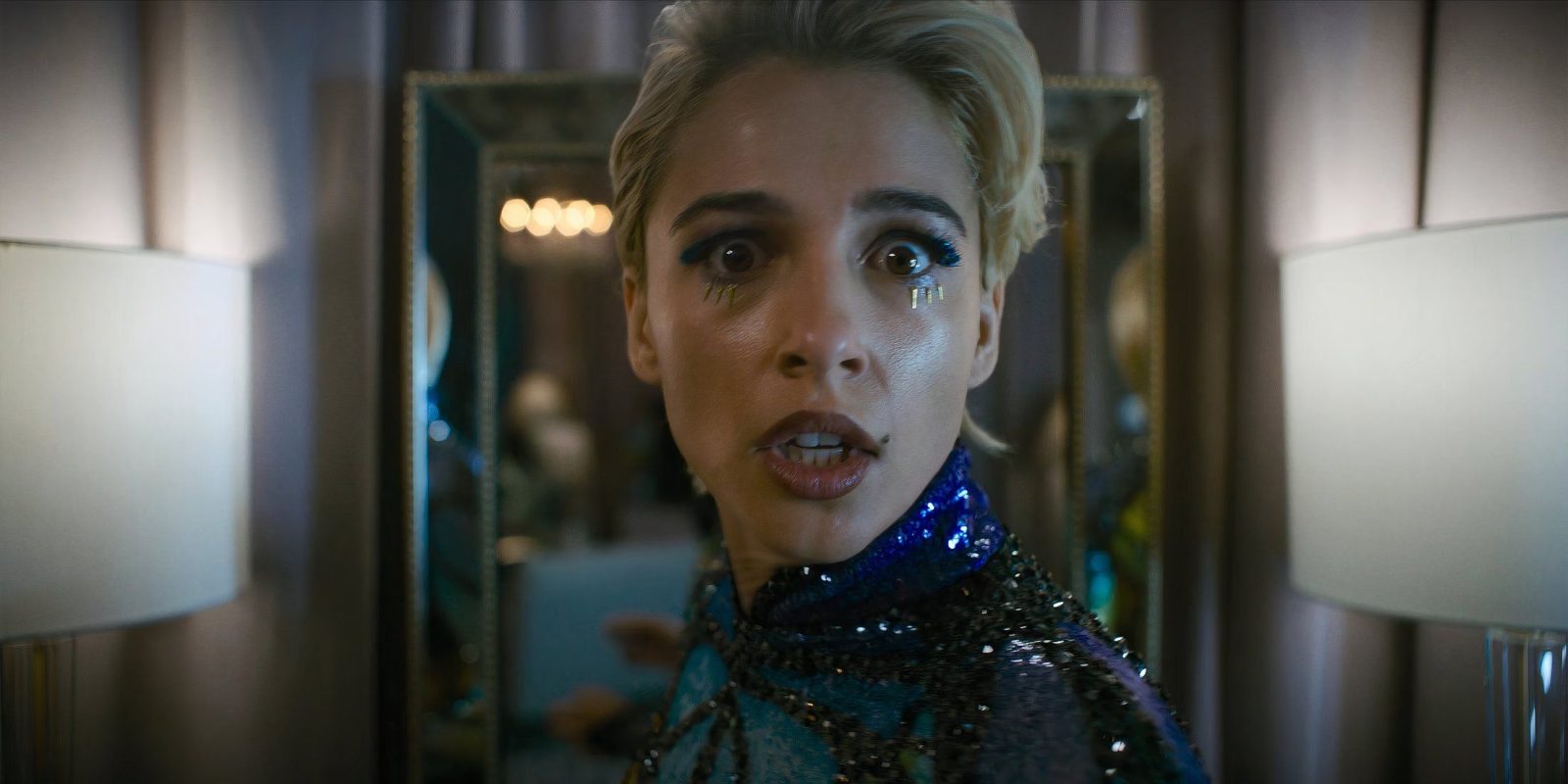

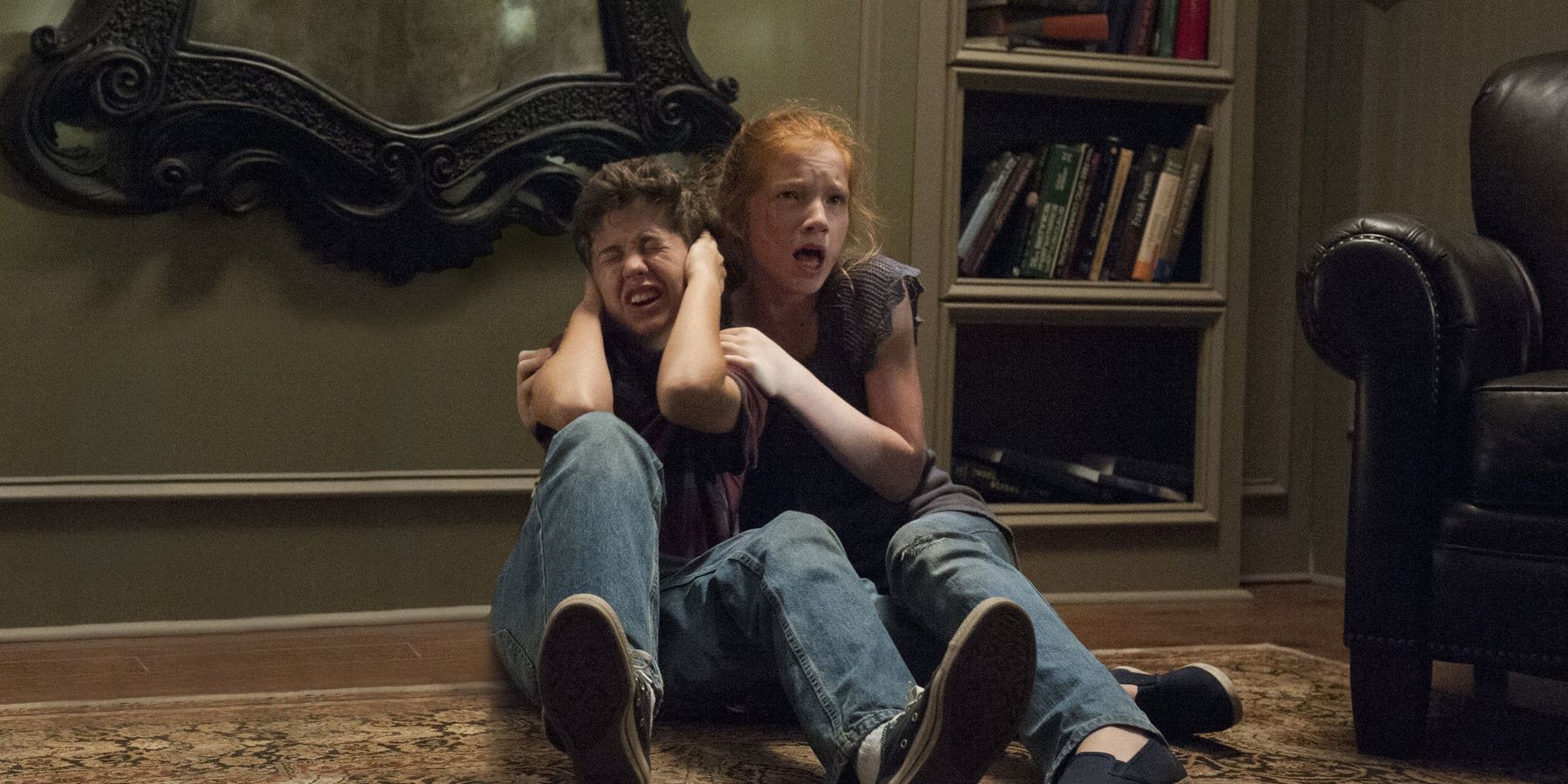
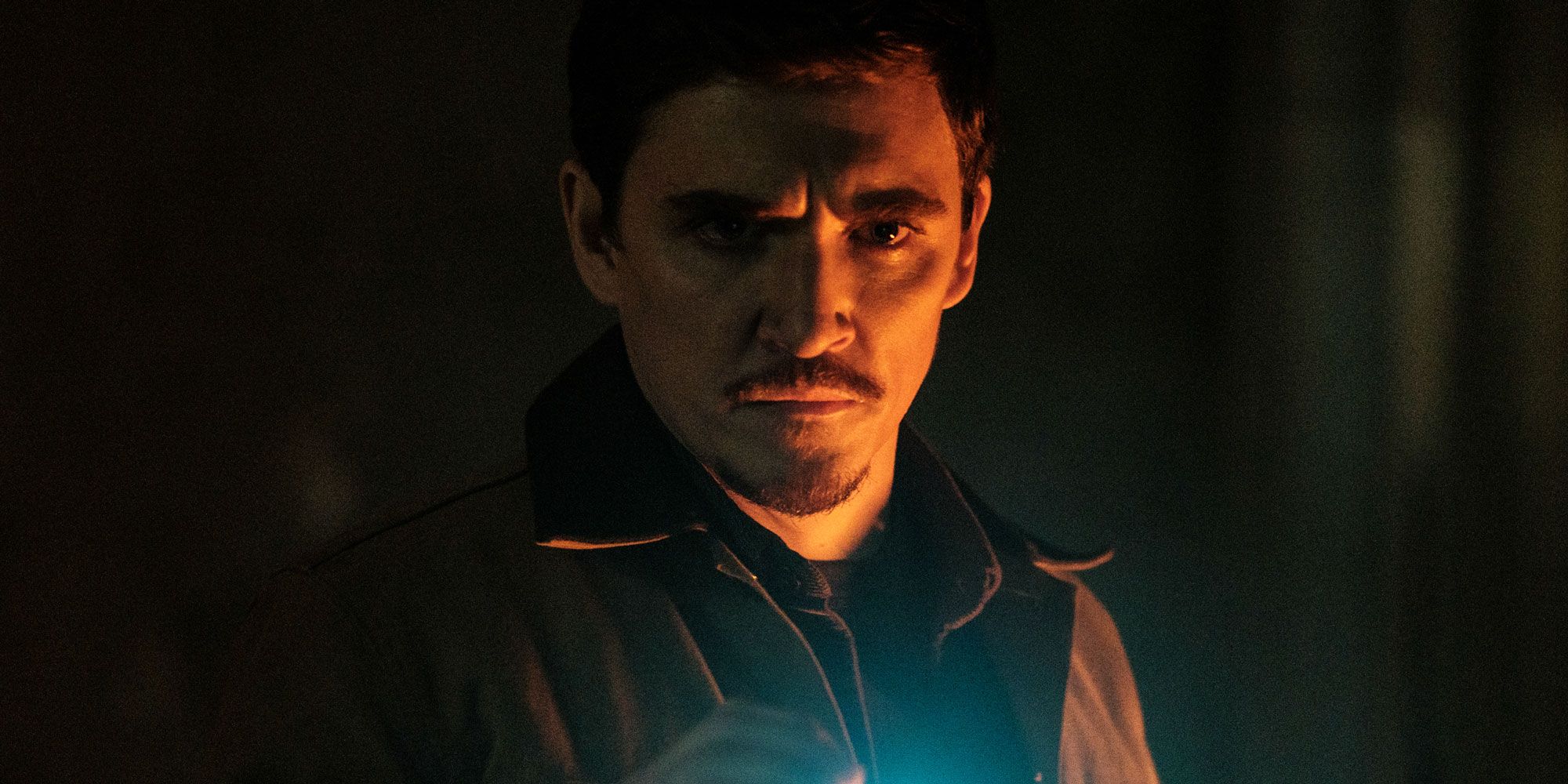
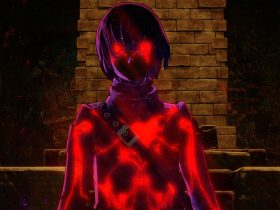


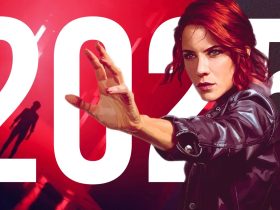

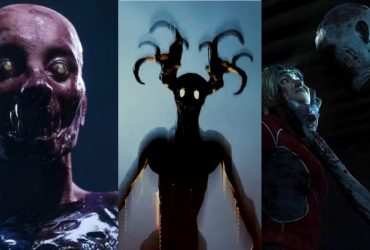


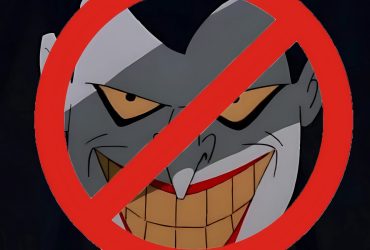
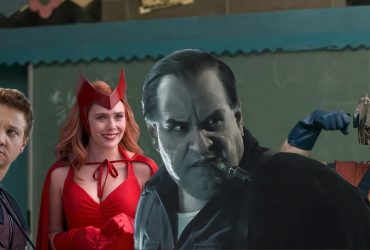
Leave a Reply